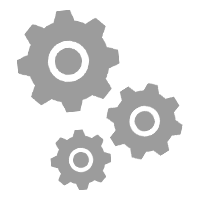Disclaimer: We respect your privacy and do not retain any generated PDF documents or policy amendments. Once you leave this page, all changes will be lost. We recommend that all policies are reviewed by the relevant SHEQ Manager or legal team before circulation. Remember to download and save your documents, as we can’t recover them. If you have any questions, please contact us.
Noise and Hearing Protection Toolbox Talk Template: Safeguarding Hearing Health in the Workplace
The Noise and Hearing Protection Toolbox Talk Template offered by The Health & Safety Zone is an essential tool for businesses committed to protecting the hearing health of their workforce in the UK. This meticulously developed document template serves as an invaluable guide for conducting impactful toolbox talks on noise and hearing protection in various work environments.
Key Features and Benefits of the Template
Enhancing Health and Safety Compliance
Simplicity and Accessibility with Our Online Generator
Useful Resources and Links
A Toolbox talk on Noise and Hearing Protection is essential to educate employees about the risks associated with workplace noise and to stress the importance of using appropriate hearing protection to prevent hearing loss and related issues.
Excessive noise is typically defined as continuous noise levels exceeding 85 decibels (dB). Prolonged exposure to high noise levels can lead to permanent hearing damage and other health issues.
The talk should cover various types of hearing protection, such as earplugs, earmuffs, and custom-fitted hearing protection devices. It should also emphasize selecting the right type for the specific noise level and task.
Toolbox talks on this topic should be conducted regularly, especially when employees are exposed to high noise levels or when new noise sources are introduced. The frequency may vary based on workplace conditions.
Employees should report any signs of hearing loss or discomfort to their supervisor or safety officer. Early intervention can help prevent further hearing damage. They should also attend regular hearing assessments as part of their workplace safety measures.

PLEASE WAIT DO NOT CLOSE THIS PAGE
We are generating your PDF File
Thank You for using the Health & Safety Zone!